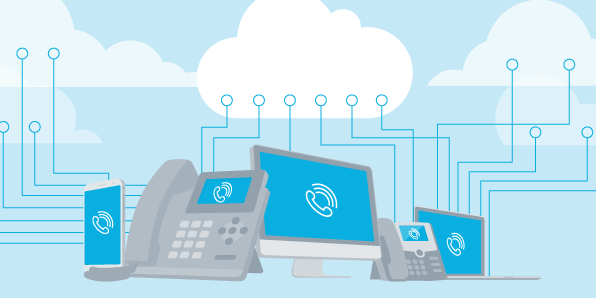An SD-WAN uses a centralized control function to securely and intelligently direct traffic across your wide area branch office network (WAN). This increases application performance and delivers a high quality user experience, resulting in increased business productivity, agility and reduced costs for IT. But what does that mean exactly? What can it actually do for me and my business?
Here are 6 things SD WAN can do:
Bandwidth aggregation
An SD WAN box can bond all circuits you plug into it into 1 big pipe. It accepts both public (Internet) and private (MPLS, P2P, etc) circuits between sites as part of a bandwidth aggregation. Simply stated if your branch office is a remote location and private connectivity is too expensive but you can get Internet from the cableco, wireless ISP etc for cheap, those circuits can be bonded together in the SD WAN router and provide a bigger connection as well as be routed into the corporate network which may have both MPLS and Internet connection types.
Hypersonic hitless failover
Because SD WAN allows multiple circuits to be bonded in the same box it also allows for fail over and load balancing depending how you want it set up. If the cable circuit goes down but the DSL is working then traffic will be re-routed across the DSL or other circuit and it happens so fast that VoIP, video and all apps have zero impact or knowledge of the failure.
Network Remediation & performance
Every IT person out there knows the struggle of packet loss when the network become congested. Apps like VoIP, Video etc do not tolerate dropped packets because it makes the call quality suffer, causes static or dropped calls. Where its affordable private connectivity such as MPLS fixes this issue by QoS or quality of service where you prioritize traffic. When congestion happens you tell the router that Voice gets bandwidth first and so forth in order to maintain those apps that don’t perform well during congestion. SD WAN handles this a different way. The controller will send enough duplicate packets to statistically overcome the current % of packet loss. It smooths out wild variability of latency (jitter) using jitter buffers to offer consistent app performance.
IP Mobility
Assigned public IPs can be delivered to a port on the back of the SDWAN box to your firewall. These Ips are “sticky” to the box. Meaning front end carriers (such as ISPs, Centurylink etc) and circuits can change without changing these IPs. Fly the box ½ way around the world, no impact.
Traffic Backhaul & Manipulation
The ability to route and manipulate traffic paths based on conditions, not routing metrics. For example you could backhaul only web, ftp and facebook traffic to datacenter 1 but send to datacenter 2 upon failure; all other traffic exit locally out each site’s internet link (don’t backhaul video or other traffic).
Quality of Experience (QoE) Quality of experience is similar to quality of service in purpose but it works differently. SDWAN delivers consistent QoE to end to end conversations by combining granular advanced real-time metrics with packet routing decisions.







